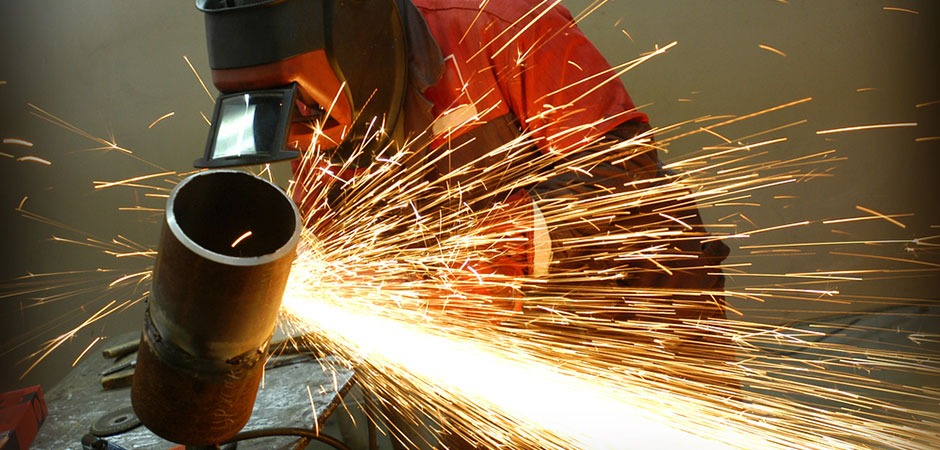Humanity’s quest to venture beyond our planet Earth is an ancient one and one whose feats so far would’ve never been accomplished without welding. Over the years, bold and rigorous research and ingenuity have paved the way for space exploration as a whole. Human’s journey into the unknown parts of our universe would not have been possible had it not been for the techniques and accomplishments of modern welding.
From the earliest rockets to today’s highly sophisticated aerospace industry, welding has allowed the human race to gain insights into our neighboring planets and beyond. When space shuttles were first being manufactured, the process called for sharp improvements in the welding process. Many of these improvements are ones we benefit from in our day-to-day lives.
Spacecraft Timeline: Aerospace Accomplishments
1957: First artificial Earth satellite, Sputnik I, launched.
1958: First U.S. space flight program was initiated, Project Mercury. The U.S. launched its first satellite, Explorer 1.
1963: Syncom communications satellites launched into space.
1969: Neil Armstrong becomes the first human to walk on the Moon.
1972: First mission is sent to the outer solar system.
1975: NASA launches two Mars space probes.
1998: Construction began on the International Space Station. The project was built by taking large metal parts and assembling them in space.
2011: Construction began on welding the first NASA spacecraft, Orion, built to take humans to orbit.
Extraterrestrial Emergency Welding Repairs
In 1969, Russian cosmonauts were the first to actually weld in space; testing how dangerous welding repairs can be after takeoff. They tested three welding processes to determine which would be the safest in a depressurized environment—electron beam welding, low-pressure compressed arc welding, and arc welding with a consumable electrode.
Over the decades since, space travel has become drastically more sophisticated and welding practices both inside and outside the spacecraft have become far safer. Aerospace engineers construct space vehicles with materials specifically designed to overcome and withstand the harsh conditions of space, materials such as ceramic and aluminum.
Today, laser beam welding is a popular option for spacecraft repairs. It does not require shielding gasses or a vacuum and allows for exact and precise control of the weld pool temperature. In the building of space vehicles, NASA devised the practice of friction stir welding. Friction stir welding is a process of welding widely used to join aluminum alloy components and is an especially popular approach in the transportation industry due to the light weight of alloys.
Tampa Steel & Supply, the One Stop Shop for Welders
Whether you’re welding for space exploration, construction, art, or any other project, Tampa Steel and Supply has the materials and supplies you need all under one roof. Call us today to speak with one of our friendly and knowledgeable team members. Or, visit our showroom to check out our vast selection of quality metals—from steel and steel pipe to wrought iron, bollards, cable rail, and stainless steel… our steel and metal product inventory is endless!
Request a Quote Online
Or Call Tampa Steel & Supply at (813) 241-2801

